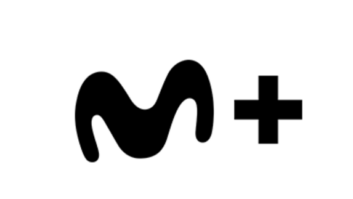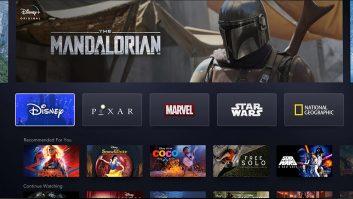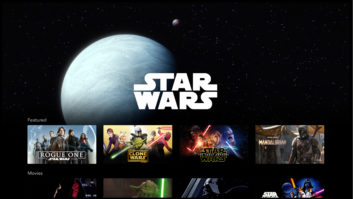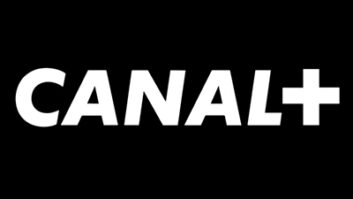
The Comrex Access IP audio codec has been used for a lot of sports coverage recently, including the Women’s World Cup in Germany, the Test Match series between India and England in the UK and the Ashes series in Australia, writes David Fox.
The industry-standard codec has been updated and now has two USB ports as standard with support for select 4G wireless cellular data service modems. It works over 4G, 3G, GPRS, WiFi, satellite and cabled connections plus it provides 15KHz stereo audio using a standard PSTN dial telephone line.
BRUTE (the Broadcast Reliable UDP Transport Enhancement) is now included as standard and is claimed to produce “remarkable results even on extremely poor connections where frame loss may be up to 20% or more or the connection is only at 2.5G.”
Connection issues are also claimed to be a thing of the past thanks to the BRIC-TS Traversal Server, which keeps track of codecs in the same family and takes care of firewall ports, even allowing reverse connections to units on 3G – the other side of the mobile provider’s network router. SIP compatibility is also included as standard.
3G Booster
The new V3X Intelligent 3G Booster, from Vortex Communications (which is Comrex’ distributor), works in conjunction with the Access and other streaming devices that need the best possible connectivity over the internet.
The size of a CD stack, it contains four intelligent antenna arrays that scan the airwaves, testing the data throughput for all the cells that it finds. It then locks onto the cell with the best performance – not necessarily the one with the greatest signal strength – to provide a stable network connection, which is so important for streaming applications such as audio and video codecs.
On the IP side, network devices can be connected either using an Ethernet cable or wirelessly from its built-in WiFi router. Units have been used for broadcasts where the nearest cell was more than 16km/10 miles distant and from where OB connections were not previously possible.
For all-weather outdoor use, there is an IP66 Storm Jacket, designed for pole mounting, while its breakout adapter with 12v supply makes it suitable for use in outside broadcast vehicles.






